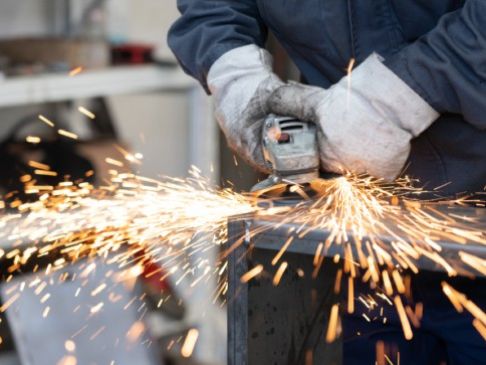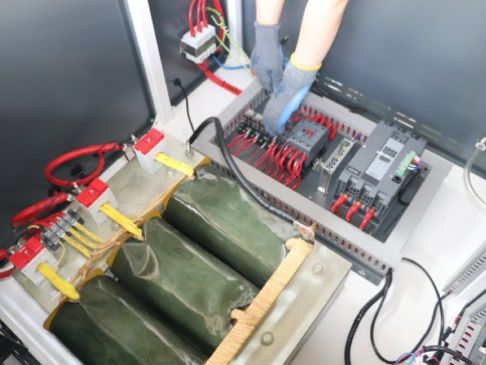Time:
What Is the Difference Between Hot Air Oven and Muffle Furnace?
We have often observed that people who are ordering muffle furnace from us, get confused between their requirement. People ask for muffle furnace to operate at some 300°C. Well, the temperature range largely depends on the type of industry, it is going to serve. Now, to understand the difference between the furnace and hot air oven, we first need to understand their basic usage and principle.
As the name shows, it is a furnace which is used to burn down the sample completely. On the other hand, hot air oven is just for treatment of the sample. It cannot burn the sample as it works on a quite a lower range as compared to the furnace. Take the example of rubber testing. In a hot air oven, the rubber sample can be treated up to 300°C where as in the furnace it can be treated up to 1400°C. That means the furnace would change the carbon contents into fumes and leaves only impurities behind. The hot air oven might remove the moisture from the sample or prepare the sample for further testing as per the industrial requirements.
Construction
A hot air oven is made up of stainless steel chamber and outer body is made up of mild steel. It works on the temperature range from 50° to 250°. It has heaters and fans to create the hot air inside. The air flows in a circular motion. Thus after getting heated, the air becomes lighter and moves up. As it collides with the ceiling, it again comes back down. At a certain temperature, this becomes a continuous motion and thus maintain a uniform hot air inside the chamber.
A muffle furnace is a clay oven because it works on very high temperature. Had it been made up of metal, it would have been melting at such a high temperature. It has a very small chamber to maintain the uniformity of the temperature throughout. The material that is to be tested is placed in a crucible bowl. This bowl is having high resistance against the heat and thus withstand high temperature. There is a small chimney style outlet to evacuate the fumes safely in the surrounding, so as not creating pressure inside the chamber.
Related News

ndustrial furnaces are used globally for a wide range of applications. As the selection of applications grew, different types of furnaces were developed to keep up with demands.
ASHING FURNACES
Ashing furnaces are used to determine the amount of ash that forms after a sample is burned. Typical materials used as samples in ashing furnaces are petroleum products, lubricating oils, and coal.

Our furnaces can be used in high-temperature tempering, annealing, quenching and other
Get A Free Quote
Submit Request